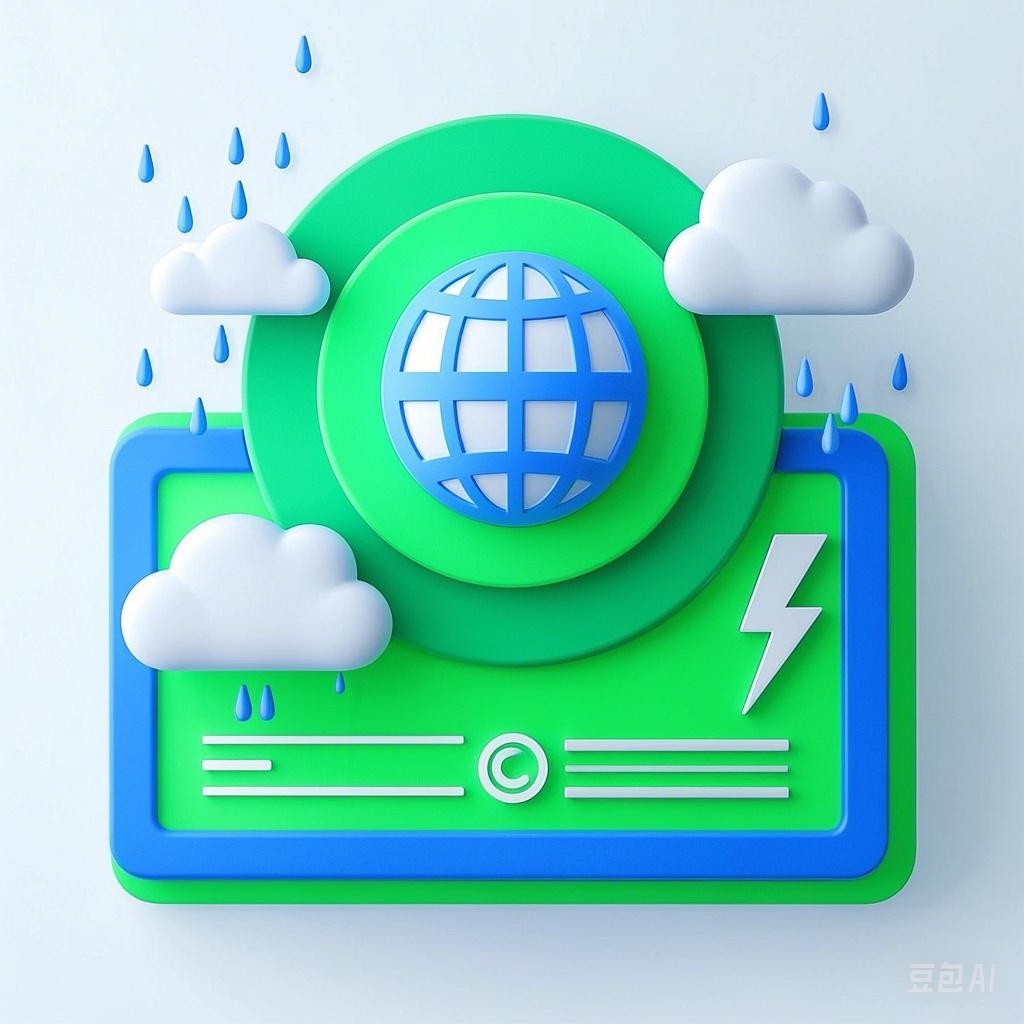Introduction
Weather disasters pose significant threats to lives, property, and the environment. From hurricanes and floods to wildfires and extreme temperatures, these events can cause widespread damage and disruption. This article aims to provide a comprehensive guide on understanding, preparing for, and responding to weather disasters. By staying alert and informed, individuals and communities can mitigate risks and enhance their resilience.
Understanding Weather Disasters
Types of Weather Disasters
Hurricanes and Typhoons: These are large-scale tropical cyclones that bring strong winds, heavy rainfall, and storm surges. They typically form over warm ocean waters and can cause extensive damage to coastal areas.
Floods: Excessive rainfall, melting snow, or dam failures can lead to flooding, which can be devastating for both urban and rural areas.
Wildfires: These are uncontrolled fires that spread rapidly through vegetation, often caused by lightning, human carelessness, or extreme heat and dry conditions.
Tornadoes: These are violent rotating columns of air that extend from the base of a thunderstorm to the ground. They can cause significant damage in a short period.
Heatwaves: Prolonged periods of extremely high temperatures can lead to heat-related illnesses, such as heat exhaustion and heat stroke.
Dust Storms: These are strong winds that carry large amounts of sand and dust, often occurring in arid regions.
Causes and Impacts
The causes of weather disasters are diverse, ranging from natural phenomena to human activities. Climate change is a significant factor, contributing to more frequent and severe weather events. The impacts of these disasters are profound, including loss of life, injury, property damage, and environmental degradation.
Preparing for Weather Disasters
Creating an Emergency Plan
Identify Potential Risks: Understand the types of weather disasters that are common in your area.
Develop an Emergency Plan: Include evacuation routes, emergency contacts, and a plan for pets and family members.
Prepare an Emergency Kit: This should include food, water, first aid supplies, flashlights, batteries, and a battery-operated radio.
Secure Your Home: Reinforce structures, install storm shutters, and ensure that water heaters and other appliances are securely fastened.
Educating Yourself and Your Community
Stay Informed: Monitor weather forecasts and alerts through local news, weather apps, and official sources.
Participate in Community Drills: Familiarize yourself with emergency procedures and evacuation routes.
Educate Others: Share your knowledge with friends, family, and neighbors to help them prepare.
Responding to Weather Disasters
Immediate Actions
Follow Instructions: If an evacuation order is issued, follow it immediately.
Stay Informed: Keep tuned to local news and official warnings for updates.
Assist Others: Help those who are unable to evacuate or care for themselves.
Post-Disaster Recovery
Assess Damage: Determine the extent of damage to your property and report it to your insurance company.
Reconnect with Family: Use social media, text messages, and phone calls to check on loved ones.
Seek Support: Reach out to local organizations for assistance with food, shelter, and other needs.
Conclusion
Navigating the perils of weather disasters requires a combination of knowledge, preparation, and quick response. By staying alert and informed, individuals and communities can reduce the risks associated with these events and enhance their resilience. Remember, preparedness is key to surviving and thriving in the face of extreme weather.
